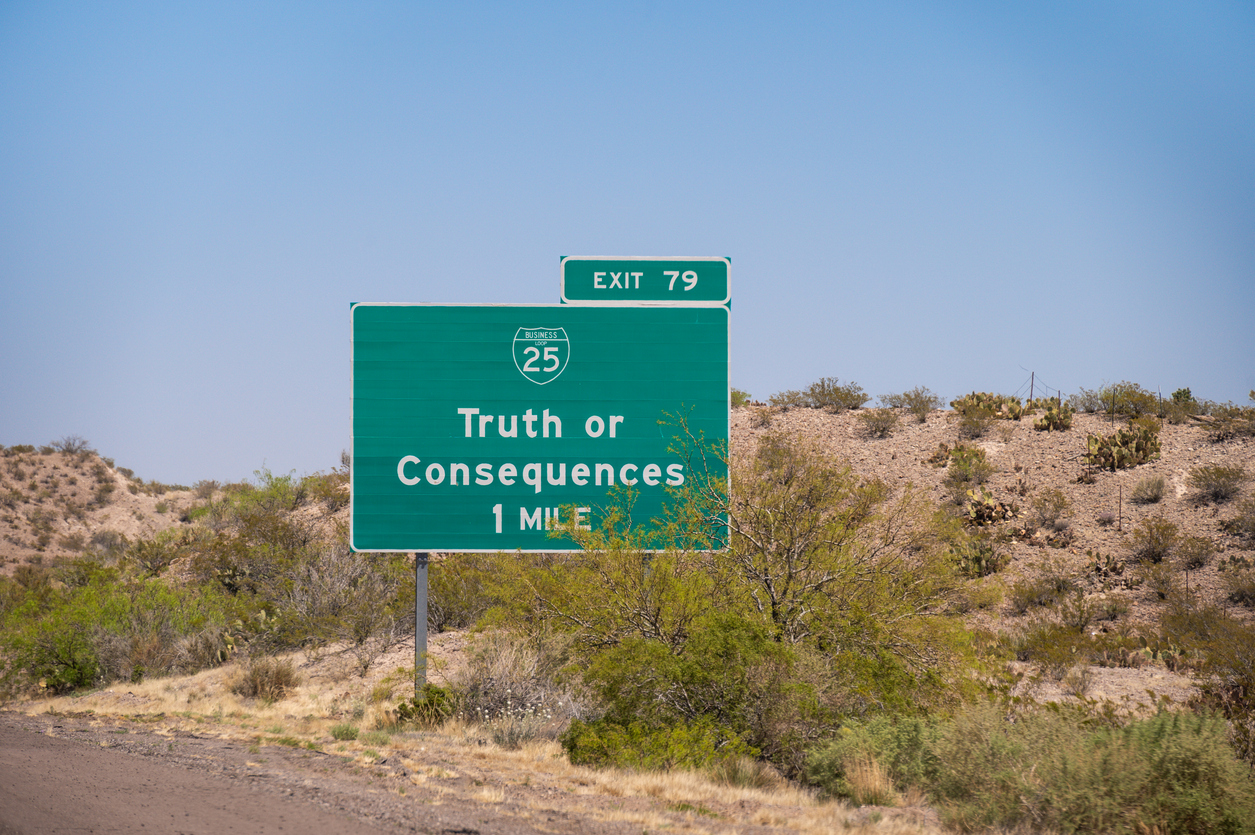National Flood Insurance claims are solely regulated by federal laws and federal common law. State rules do not apply. Policyholders and public adjusters must be extra careful and make certain claims are presented to the letter of the law, as noted in Policyholders and Not Their Attorneys Need to Sign Flood Proof of Loss Forms:
Federal common law interpreting the rules and regulations of the National Flood Program is usually not helpful to policyholders. It has truly become a situation where technical, literal rules are followed to the letter of the law rather than any intent or spirit for why the rule was written. In this ‘form over substance’ common law, which federal judges feel compelled to follow, an important lesson is to follow those rules in an exacting manner or risk losing insurance benefits.
An example of how federal law does not follow common insurance doctrines is a case where the federal court specifically said the constructive total loss doctrine does not apply to National Flood Insurance claims:1
The Monisteres were unsatisfied with the amount paid under the policy and filed suit. The district court entered judgment in favor of the homeowners for the full policy amount after applying a legal theory occasionally used to determine coverage under certain private insurance policies. That theory is inapplicable to this federal program. We REVERSE and RENDER judgment in favor of State Farm.
…
In determining the Monisteres’ ‘direct physical loss,’ the district court utilized the judicially created ‘constructive total loss doctrine.’ See Greer v. Owners Ins. Co., 434 F.Supp.2d 1267, 1279 (N.D.Fla.2006). In Greer, it was said that a ‘constructive total loss occurs when a building, although still standing, is damaged to the extent that ordinances or regulations in effect at the time of the damage actually prohibit or prevent the building’s repair, such that the building has to be demolished.’ Applying this definition, the district court awarded the Monisteres their building coverage limits, holding that the home ‘was rendered a constructive total loss by the flood damage, because [the court was] convinced that requiring them to elevate the home …, plus the cost to repair it, could have clearly and easily exceeded the market value of the home pre-Katrina.’ The court justified this conclusion based on the evidence, ‘on logic, [and] on common sense.’
The district court’s common sense view did not give sufficient meaning to the regulations that control us. Certainly, the Monisteres were required to (re)build at a higher elevation. The very real costs associated with that requirement are covered only to the extent permitted by policy and regulatory language. We have already quoted the relevant policy language. Payment for direct physical losses—the coverage under which the additional amounts were awarded below—are made for the lesser of the coverage limit ($227,600), the replacement cost of that part of the dwelling damaged (depends on adequately documented proof of loss, the largest timely submitted being about $155,000, and the evidence to support that amount), or the amount actually spent to repair (building an entirely new home cost $535,000). Article VII(V)(2) of the policy;…By utilizing the ‘constructive total loss doctrine,’ the district court overrode these requirements.
The court noted that harsh results may come from applying the literal terms of federal statutes and common law:
Our analysis is channeled by the requirement that a policy of ‘insurance issued pursuant to a federal program must be strictly construed and enforced….’…Because insurance companies act as ‘fiscal agents’ of the government under the National Flood Insurance Program, all policy awards deplete federally allocated funds….Therefore, ‘ ‘not even the temptations of a hard case’ will provide a basis for ordering recovery contrary to the terms of a regulation, for to do so would disregard ‘the duty of all courts to observe the conditions defined by Congress for charging the public treasury.’
My suggestion to all policyholders with a significant flood loss is to hire a professional public adjuster with in-depth experience handling National Flood Claims. The rules, regulations, and laws are held to an exacting standard, which most policyholders will miss. It does not have to be this way, but until Congress passes a law that says otherwise, the federal courts and FEMA are very picky about these claims, and form often controls over substance and common sense.
Thought For The Day
Floods leave scars that are not only visible in the landscape but etched deep within the hearts of those affected.
—Avijeet Das
1 Monistere v. State Farm Fire & Cas. Co., 559 F.3d 390 (5th Cir. 2009).




